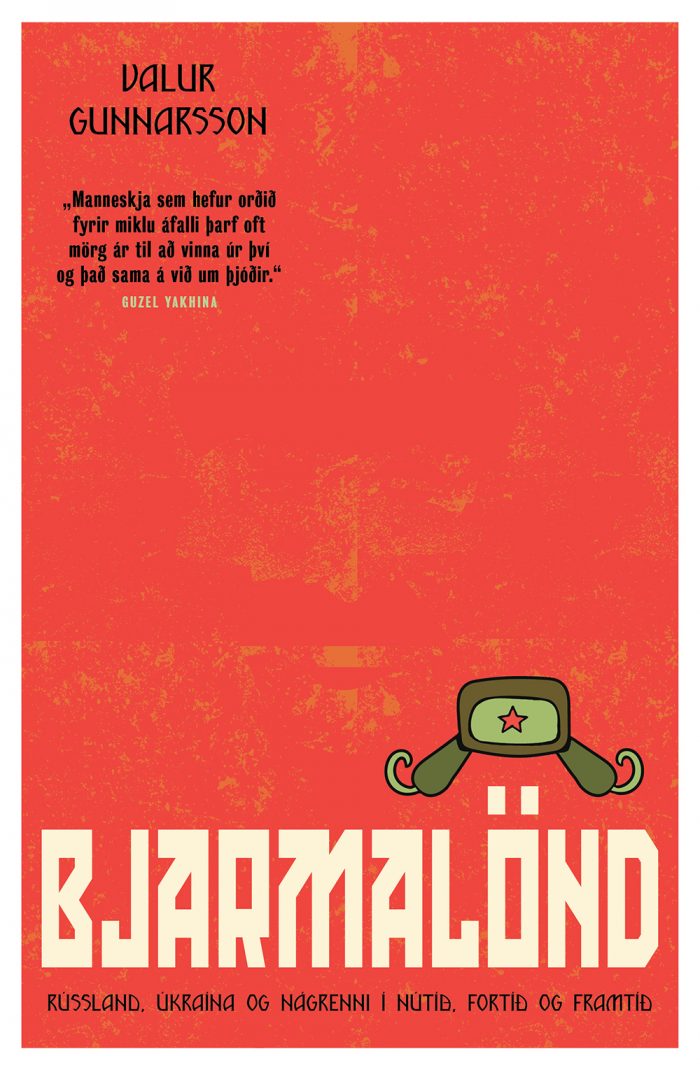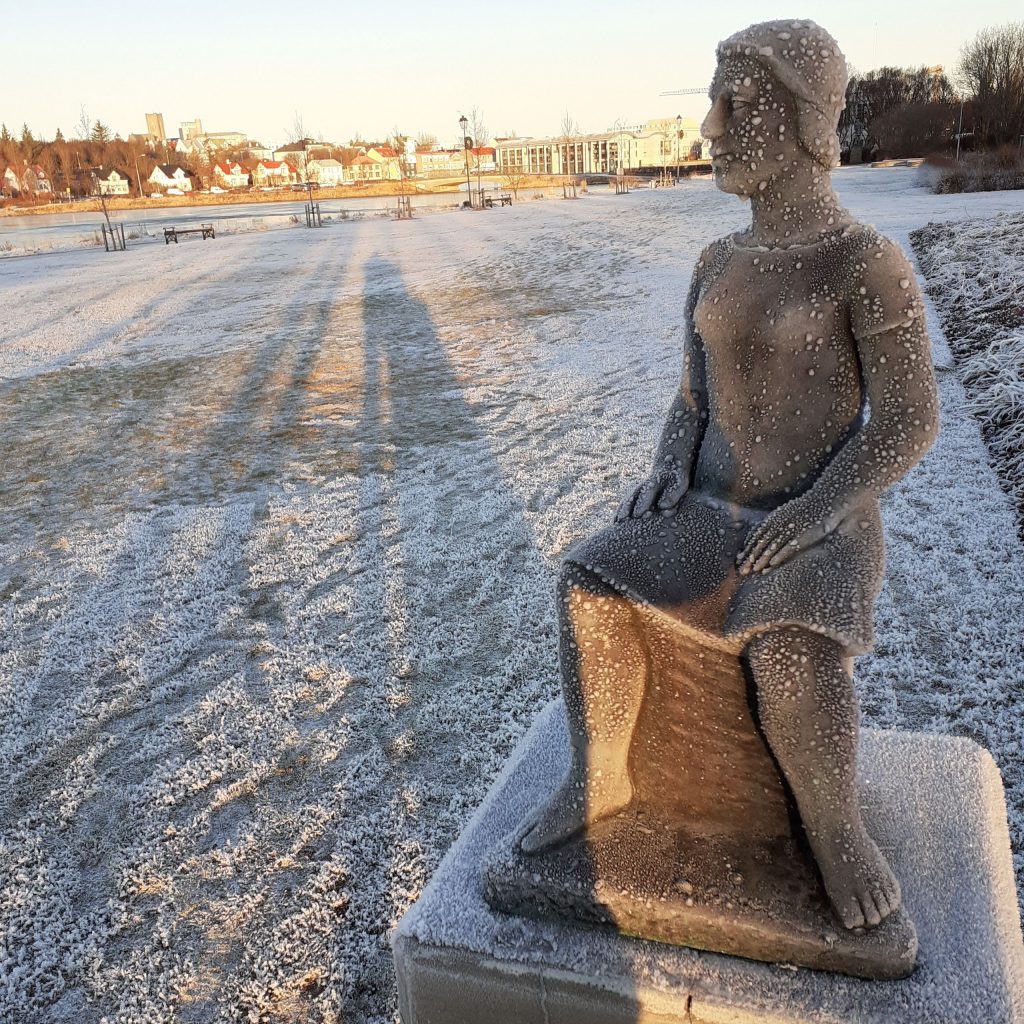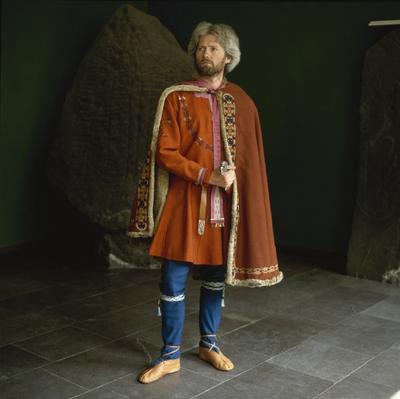Easter is, of course, a Christian holiday celebrating the death and resurrection of Jesus Christ. The timing was borrowed from Judaism, as Jesus was said to be crucified during Passover, originally meant to celebrate the first lambs of spring and later the first crops. The Christians borrowed much of the spring motif for their own celebration, which was transported to the north with the advent of Christianity after the year 1000.
But some scholars maintain that Germanic tribes previously had their own Easter traditions. Eostre was the goddess of spring, of morning, of rebirth and of children. This spring goddess once changed her pet bird into a rabbit who would then give children multi-coloured eggs as a symbol of life. Both Easter in English and Ostern in German take their name from Eostre. Both are related to east or ost, which is where the sun rises, symbolising the dawn and a new beginning. Spring is also connected to other goddesses, such as the Slavic Lada and the Nordic Freyja.
The rabbit symbolises fertility but otherwise seems unconnected to the Judeo-Christian tradition. Eostre was first mentioned by the English monk Bede around the year 700 and some scholars claim her to be his invention. However, Germanic-Romano inscriptions were discovered in 1958 near Morken-Harff, Germany which seem to substantiate the venerable Bede.
In Nordic languages, the festival derives from the Romano-Greek Pascha and it is now known as påske or páskar. Eggs were not supposed to be eaten during Lent, and in Eastern Europe pancake week is celebrated at the end of February when the last eggs before Easter are consumed.
Easter happily coincides with the laying of eggs and taxes were even collected in eggs at this time of year. This led to a surplus of eggs which were sometimes redistributed to the poor. In Norway, girls of marriage age would put an egg next to their breast and hand it to their chosen suitor. In some cases, the suitor would even be allowed to retrieve it himself.
Chocolate eggs first became known in Iceland in the early 20th Century, a custom imported from Denmark. The custom is still upheld, the eggs being filled with sweets as well as a proverb, the latter a custom going back to the 17th Century.
The Icelandic Asatru association does not commemorate Easter but will be celebrating the beginning of summer on April 22nd, which is a school holiday. This is the first day of Harpa, the first month of summer, harking back to the time when there were six summer months and six winter months. Neither is very descriptive of Icelandic seasons.
Sources: Vísindavefurinn: Hvaðan koma páskasiðirnir um kanínur, hænur, egg og annað slíkt? (visindavefur.is)
Ēostre – Wikipedia





